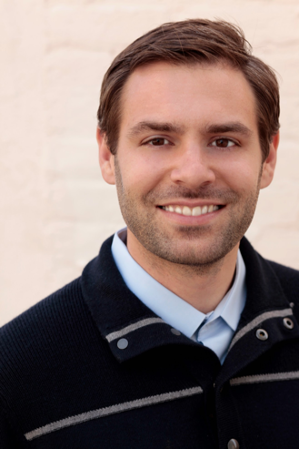Using Social Media to Measure Evacuation Responses to Natural Disasters: Insights from a Large-scale Facebook Survey Following the 2019 Australia Bushfires
[EDIT from March 4, 2021: The full video recording from the Lunch & Learn presentation featuring Zack Almquist is now available on YouTube! Click here to watch the recording.]

Zack W. Almquist
On Friday, March 5, at 12:30 PM (CT), Zack W. Almquist will present “Using social media to measure evacuation responses to natural disasters: Insights from a large-scale Facebook survey following the 2019 Australia Bushfires” via Zoom. Worlds of Connections is sponsoring the event in partnership with the Rural Drug Addiction Research (RDAR) Center as part of their Lunch & Learn series. This event is free and open to the public. Register via Zoom.
Abstract
Work joint with Paige Maas, Eugenia Giraudy, and J.W. Schneider at Facebook.
In this talk we introduce a novel method of data collection for post-disaster displacement and examine its application to the specific case of the 2019-2020 Australian Bushfires. We build on recent work on geo-located data and use social media as a sampling frame for surveying hard-to-reach populations. This survey was conducted two months after the disaster events under study. Specifically, we leverage Facebook geo-location data to build a stratified random sampling frame for Green Wattle Creek Fire in Eastern New South Wales and the Cudlee Creek Fire in Adelaide Hills, South Australia. Surveying post-disaster and locating respondents has historically been difficult and expensive (Sastry, 2009); and an alternate sampling frame than classic phone, address or in person sampling is needed. Using our novel survey mode, we estimate that 17,973 (17,741; 18,205) people were displaced for at least one night between January and February 2020 in the Adelaide Hills, South Australia region. In our sample of respondents who were in the disaster affected regions, 25.5% were displaced at least one night; of those displaced, 42% returned home within a week, 32% within two weeks, 13% within a month and 9% were still displaced at the time of the survey.
Biography
Zack W. Almquist is currently an Assistant Professor in Sociology, Adjunct Assistant Professor in Statistics, and Senior Data Science Fellow in the eScience Institute at the University of Washington. Prof. Almquist currently serves as the Center for Studies in Demography and Ecology’s Training Core PI/Director and co-chair of CSDE’s Primary Research Area – Demographic Measurements and Methods. Prior to working at the University of Washington Dr Almquist was a Research Scientist at Facebook and as an Assistant Professor in Sociology and Statistics at the University of Minnesota. His research centers on the development and application of mathematical, computational and statistical methodology to problems and theory of social networks, demography, education, homelessness, and environmental action and governance. Dr Almquist’s research has been funded by the NSF, ARO and NIH. His work has been published in highly regarded peer-reviewed journals such as the Proceedings of the National Academy of Sciences, Journal of Computational and Graphical Statistics, Sociological Methodology, Mathematical Population Studies, American Journal of Human Biology and Political Analysis.
This event is supported by the Worlds of Connections SEPA [1R25GM129836-01], the Department of Sociology, and the Longitudinal Networks Core (LNC) Facility of the Rural Drug Addiction Research (RDAR) Center at the University of Nebraska-Lincoln [P20GM130461]. The WoC SEPA, LNC, and RDAR Center are funded by the National Institute of General Medical Sciences of the National Institutes of Health. This content is solely the responsibility of the authors and does not necessarily represent the official views of the National Institutes of Health or the University of Nebraska.
